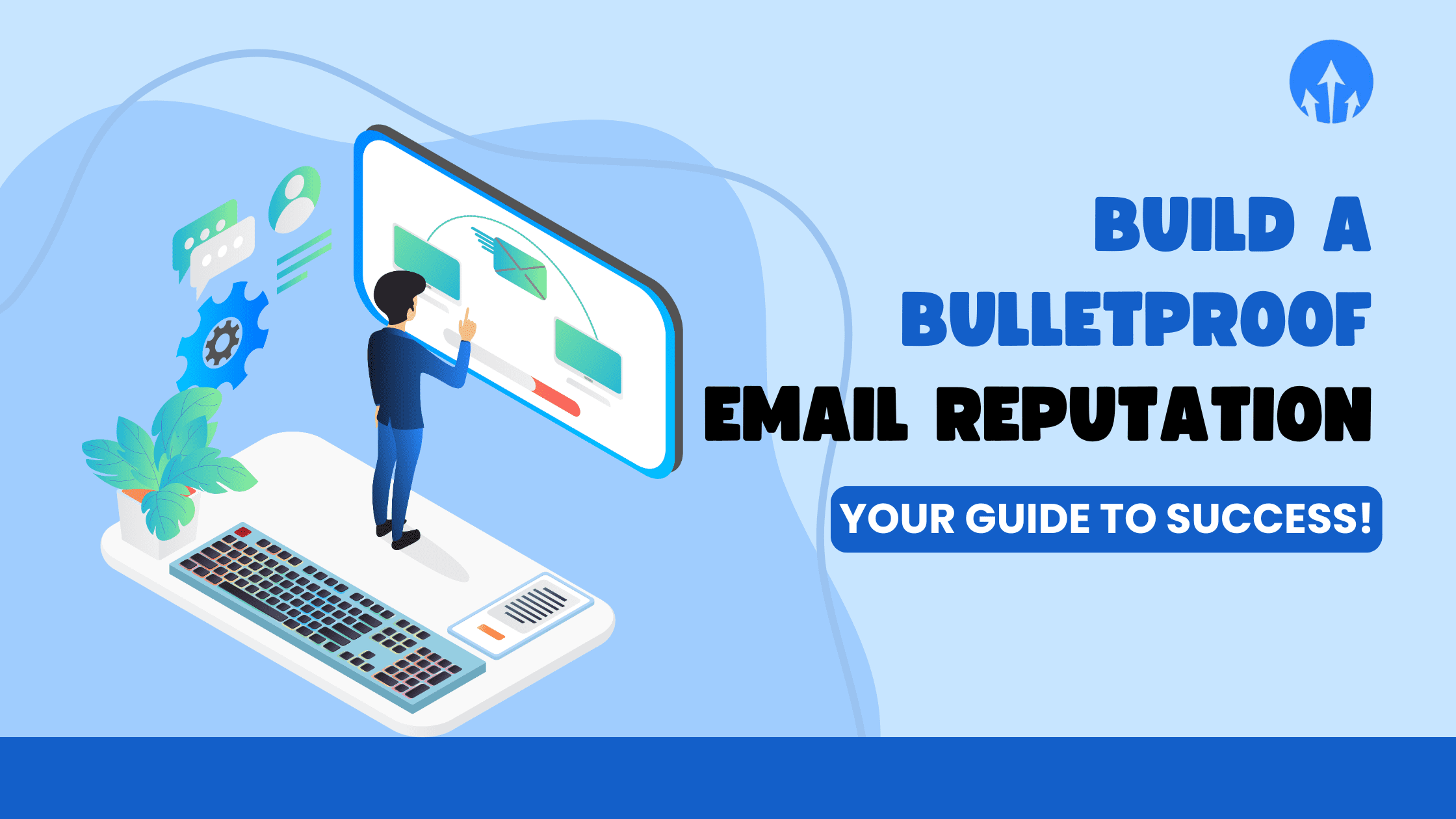A bad sender reputation might cause your well-written emails to end up in spam bins in the cutthroat world of email marketing. This impedes your marketing efforts in addition to frustrating your viewers. Managing your sender reputation well is essential to success. You can make sure your emails are received by the right people and encourage meaningful interaction by concentrating on best practices.
Overview of Email Sending Reputation
Definition and Significance in Email Marketing
Based on metrics like engagement rates, bounce rates, and spam complaints, an email sender's reputation indicates how reliable they are. Whether or not your emails are filtered out as spam or get up in inboxes is greatly influenced by this reputation.
Impact on Deliverability and Engagement
A strong sender reputation ensures that the right individuals receive your messages, increasing your chances of successful deliverability. Conversely, a negative reputation may result in decreased involvement, which will impact the overall effectiveness of your marketing strategy. Maintaining a positive sender reputation is crucial for boosting conversions and winning over customers.
1. Understanding Email Sending Reputation
What is Email Sending Reputation?
It’s a score that email service providers assign based on your past sending behavior, influenced by various metrics.
Key Factors Influencing Reputation:
- Open Rates: Higher rates mean recipients find your emails engaging.
- Click Rates: Strong clicks indicate your content resonates with your audience.
- Bounce Rates: Low rates signify a healthy email list; high rates harm your reputation.
- Spam Complaints: Frequent spam reports damage your standing.
- Unsubscribe Rates: High rates can signal content issues.
Why It Matters
- Impact on Deliverability: A positive reputation means emails are more likely to land in inboxes.
- Influence on Success: Good reputation leads to higher engagement.
- Customer Trust: A strong reputation fosters trust, encouraging regular engagement.
2. Key Components of Email Reputation
Sender Authentication
- SPF, DKIM, and DMARC: By confirming your identity, these procedures lower the possibility of spoofing and guarantee that your emails are authentic.
- Implementation Steps: To secure your domain, set up SPF records, activate DKIM signing, and put DMARC policies in place.
Email Engagement Metrics
- Role of Metrics: Open rates reflect relevance, click rates indicate engagement, and unsubscribe rates can highlight content issues.
- Engagement’s Effect: High engagement improves your reputation; low engagement can harm it.
Bounce Management
- Hard vs. Soft Bounces: Hard bounces are permanent failures (remove immediately), while soft bounces are temporary (monitor closely).
- Best Practices: Regularly clean your list and use double opt-in methods to maintain a healthy email list.
3. Building and Maintaining a Strong Email Reputation
Consistent Sending Practices
- Regular Schedule: Helps set subscriber expectations, increasing engagement.
- Recommended Frequency: Generally, sending weekly or bi-weekly works best, but adjust based on your audience.
Quality Over Quantity
- Content Relevance: Prioritize high-quality, targeted content to improve engagement.
- List Segmentation: Tailor messaging by dividing your audience based on behavior or interests.
Monitoring Engagement
- Tracking Tools: Use tools like Sendcrux for performance metrics.
- Data Interpretation: Regularly analyze metrics to refine your strategies.
4. The Role of Email Warmup
What is Email Warmup?
Email warmup involves gradually increasing the volume of emails sent from a new or dormant address to establish a positive sender reputation.
Warmup Strategies
- Gradual Increase: Start small and increase over weeks to build credibility with ISPs.
- Seed Lists: Test with seed lists to monitor deliverability and gather feedback.
Tools for Warmup
WarmupIP: Automates the warmup process, managing sending volumes and monitoring engagement metrics.
5. Troubleshooting Common Reputation Issues
Identifying Problems
- Signs of Decline: Watch for decreased open rates, increased bounces, and rising spam complaints.
- Reputation Tools: Use tools like warmupIP to monitor your standing.
Corrective Actions
- List Cleaning: Remove inactive addresses to boost engagement.
- Content Improvement: Ensure your emails provide value to your audience.
- Spam Complaints: Address complaints promptly to protect your reputation.
6. Best Practices for Long-term Success
Building Relationships
- Engagement Strategies: Foster trust through meaningful interactions.
- Personalized Content: Tailor emails to individual preferences to enhance engagement.
Regular Reputation Audits
- Conducting Audits: Analyze key metrics to identify strengths and weaknesses.
- Ongoing Evaluation: Use tools to track your reputation over time.
Additional Resources
Links to Useful Tools and Software
SendCrux: A cold email automation platform that streamlines outreach and provides detailed analytics.
MailCrux: An SMTP server service that ensures reliable email delivery and maintains a strong reputation.
WarmupIP: A tool for gradually increasing email volume, helping establish a positive sender reputation.
You may improve your email marketing efforts and create enduring relationships with your audience by putting your sender reputation first.

